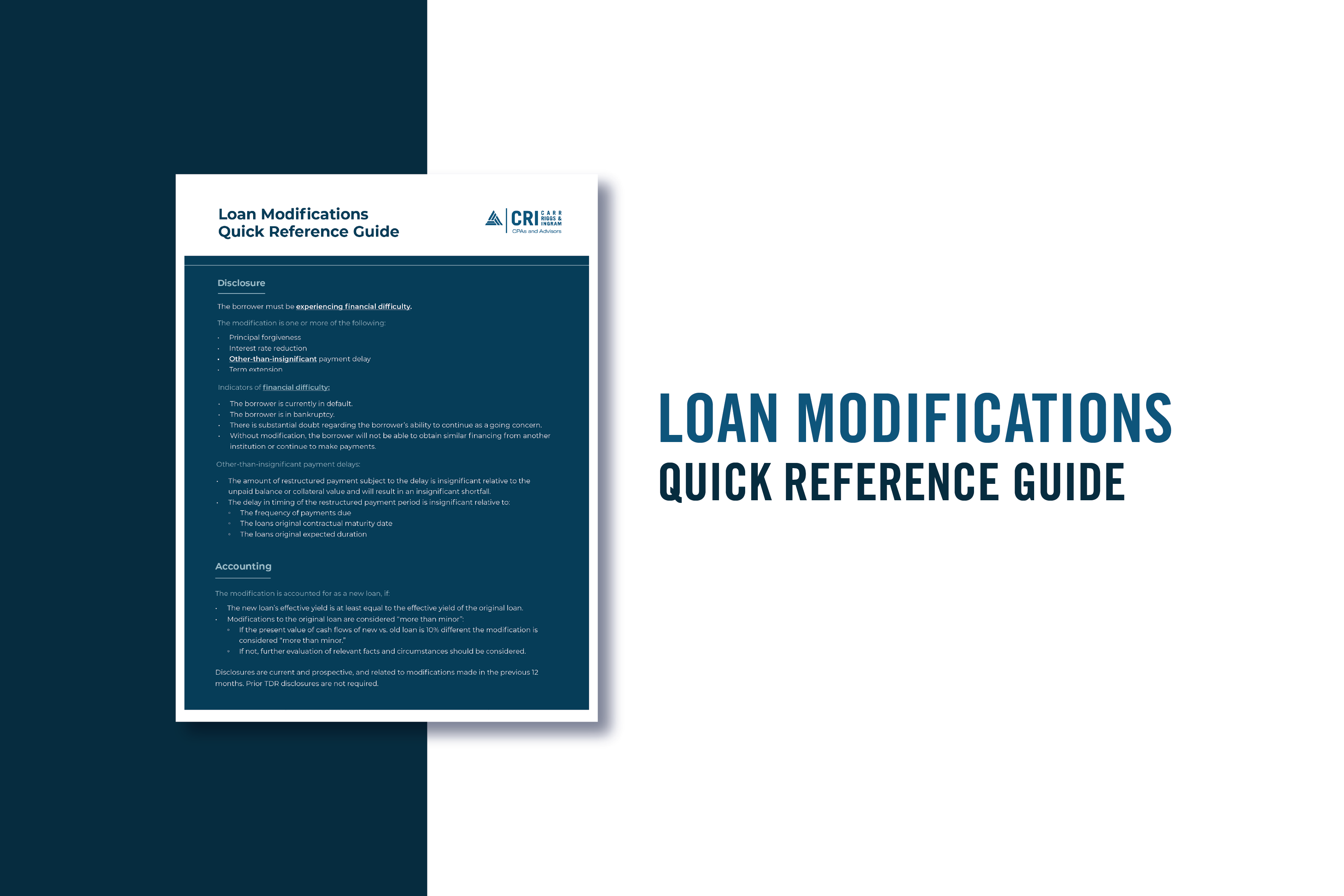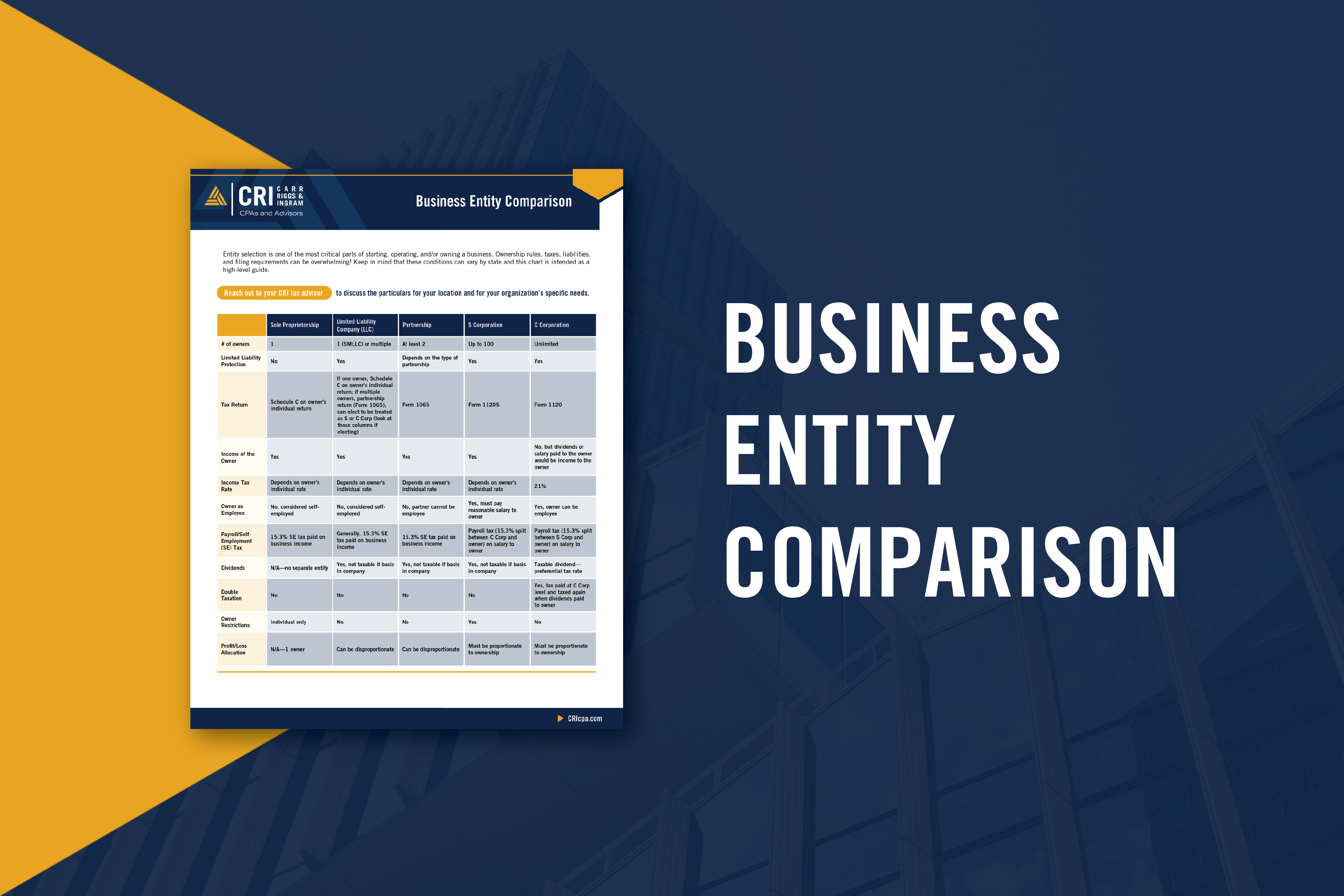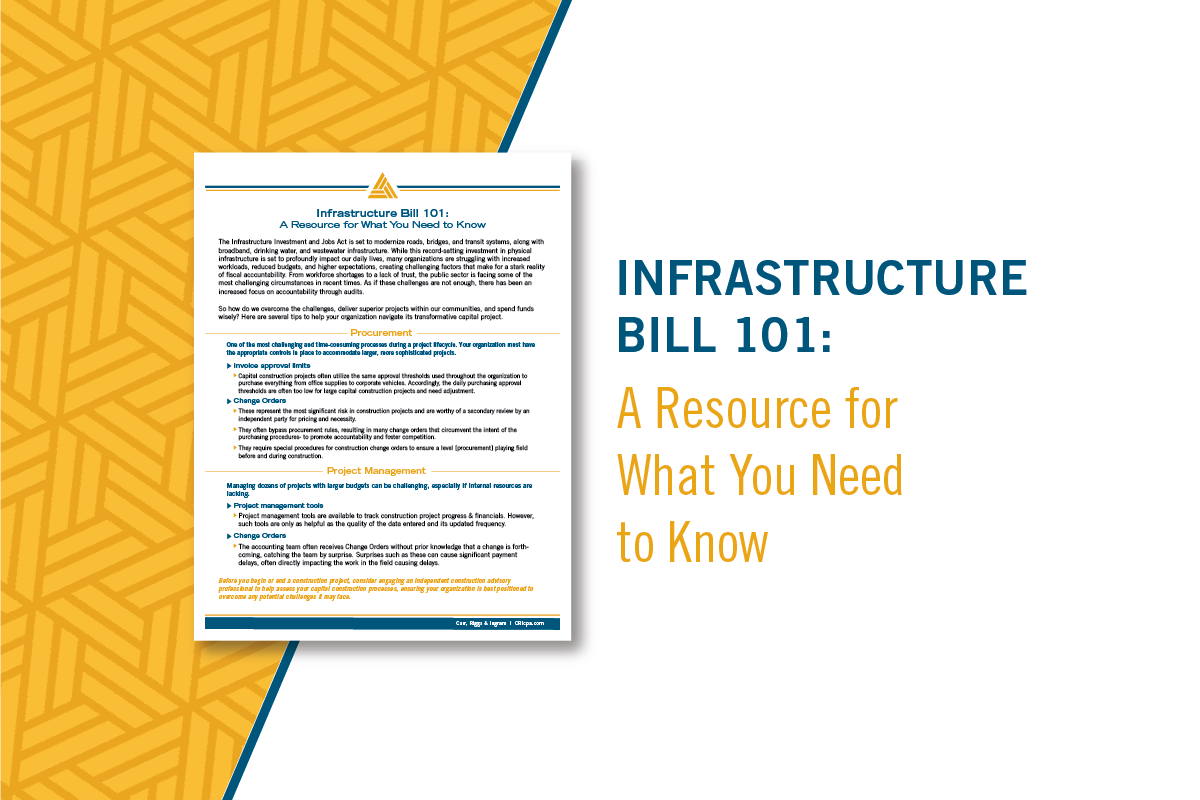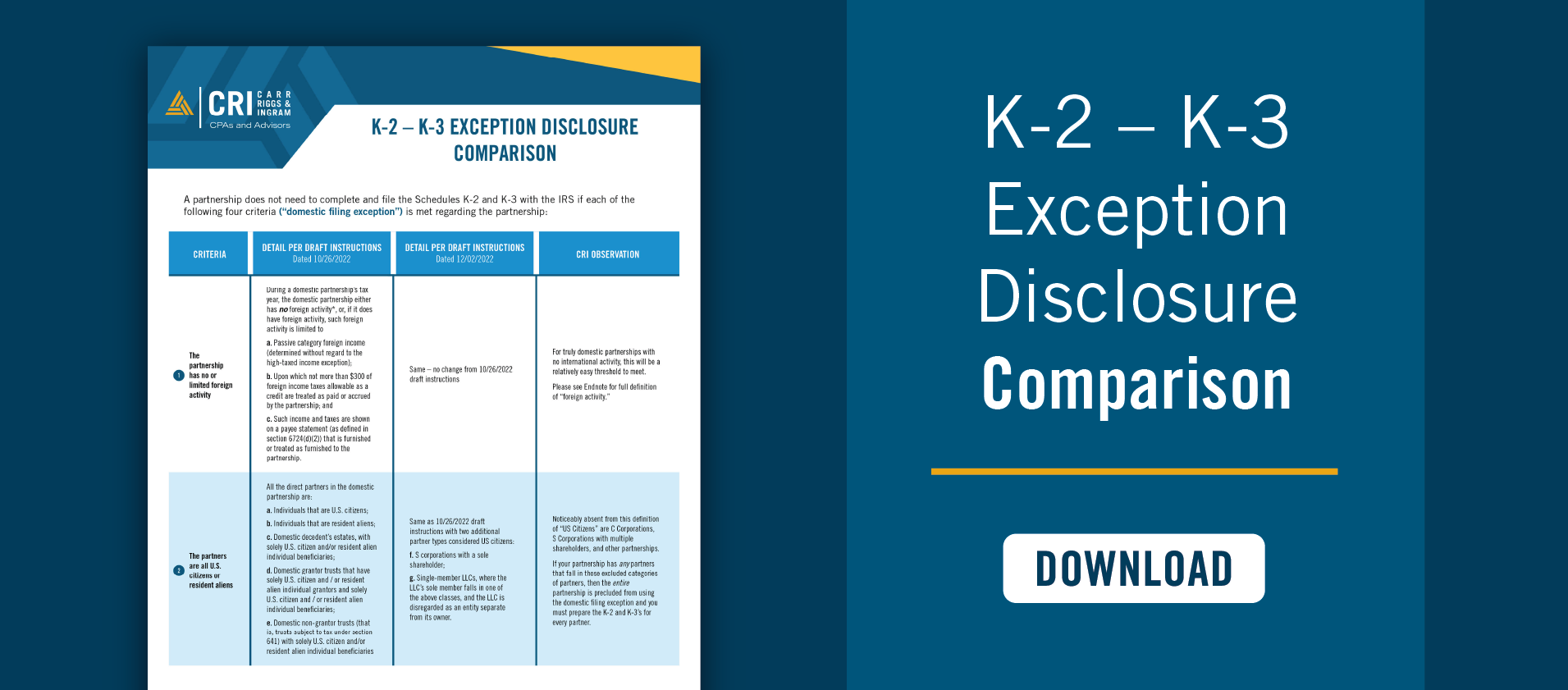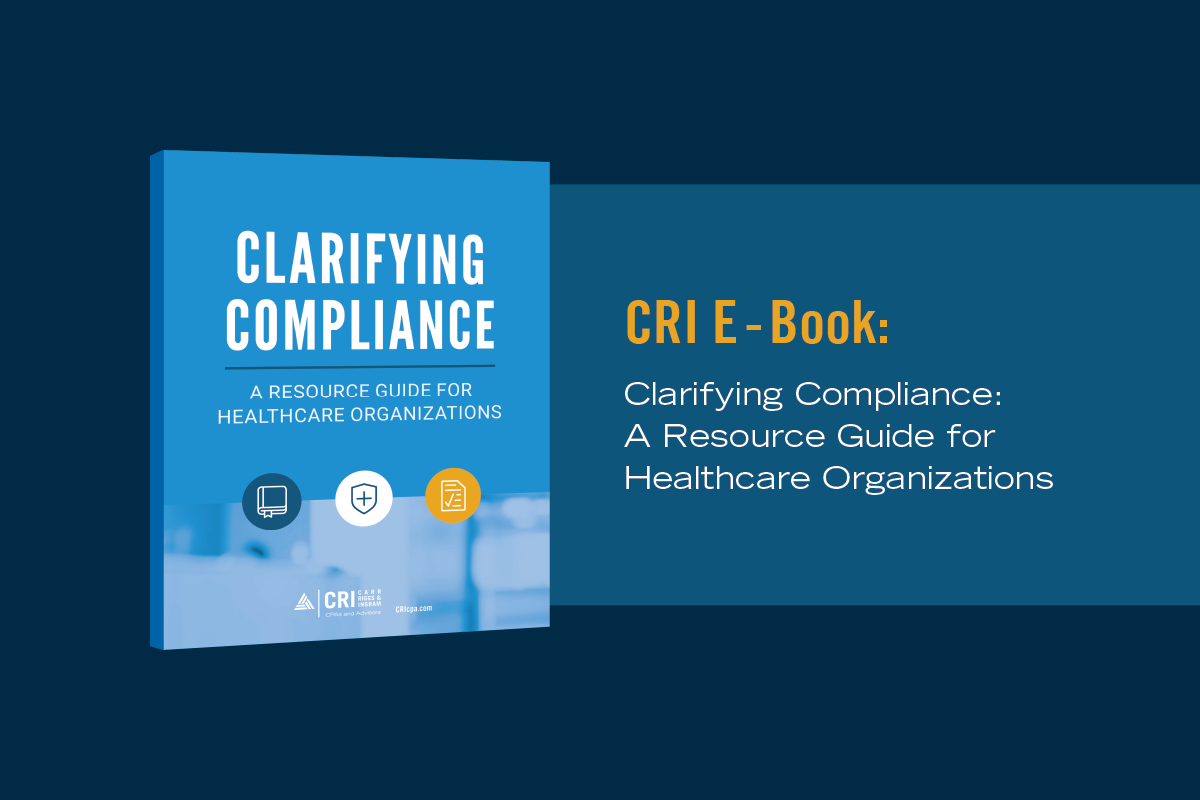Unique Compliance Aspects of Risk Retention Groups
- Contributor
- Scott Bailey
Feb 25, 2020
If you’re curious about captives, it may be beneficial to consider a Risk Retention Group (RRG). RRGs are member-owned liability insurance companies and are an alternative to risk transfer entities formed under the federal Liability Risk Retention Act (LRRA) of 1986. While RRGs are regulated either under captive insurance statutes or traditional insurance laws, they are subject to several unique compliance requirements that cover financial reporting, governance, and operations of the RRGs.
RRGs are the only captive insurance entities subject to the National Association of Insurance Commissioners (NAIC) accreditation standards. The NAIC requires them to file quarterly and annual reports. Under the NAIC’s filing requirements, required reporting includes items like disclosures of premium revenues, losses and reserves, reinsurance activities, investments, and investment earnings. RRGs are also required to maintain and report on their risk-based capital. Those minimum capital thresholds are determined based on the size and risk profile, and they show insurance regulators whether the RRGs are adequately capitalized. In addition, domestic RRGs are also required to annually file an audited financial statement on U.S. generally accepted accounting principles and obtain actuarial opinions on the adequacy of their reserves for losses. It’s important to understand that RRG reporting requirements are very similar to those of commercial carriers, with some key variances.
Governance and ownership regulations must also be considered when forming and operating an RRG. All owners of an RRG must be insured by the RRG, and likewise, all insureds of an RRG must be owners. Additionally, boards of directors of RRGs typically must consist of a majority of independent directors and include an audit committee of at least three independent directors.
From an operational perspective, there are certain coverage limitations and tax considerations when managing an RRG and structuring the coverages to be provided. First, the Liability Risk Retention Act (LRRA) limits the commercial liability coverage lines RRGs may write and explicitly prohibits RRGs from writing personal liability or workers’ compensation coverages. Additionally, no foreign liability risks may be insured through RRGs, with all coverages required to be domestic within the United States of America.
While RRGs may write coverage across state lines, RRG owners and operators must carefully balance the premiums to be written with applicable state taxes. Each state charges premiums taxes on the writing or assumption of premiums and many states have differing filing frequencies or filing requirements. In addition to the premium taxes, many states also assess retaliatory taxes, additional taxes assessed on foreign (or out of state) insurers that effectively increase premium tax rates to match the rate of the foreign insurers’ domiciles. RRGs should be mindful of the premium and retaliatory taxation regimes and be strategic when determining where to write coverages.
Utilizing RRGs as risk management mechanisms can provide several advantages for small to mid-size entities. RRGs can also be effective for controlling and managing the total cost of liability risks. In addition, however, there are many factors for consideration both during the formation phase of an RRG’s life and during the ongoing maintenance and operation of an RRG program. If you’re looking to understand and maximize the benefits of your RRG program while still properly managing the risks, be sure to reach out to a CRI professional for more information and advice.

















































